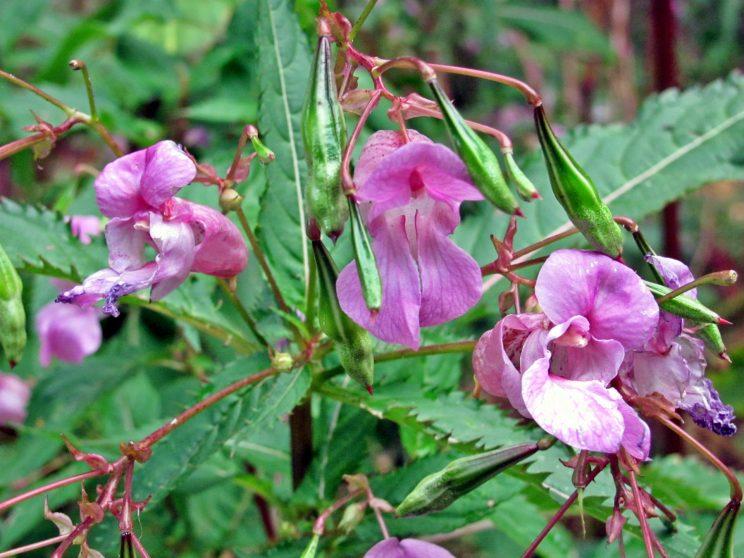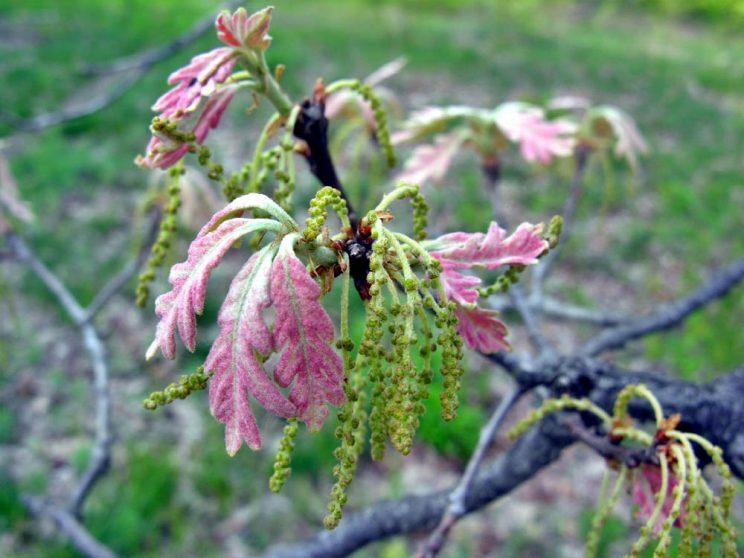by Kathleen Keefe
Meet the little nut that powers High Park.
In a good year 10,000 acorns might fall from one tree! Each acorn is loaded with a little root and enough nutrients to sprout into a baby oak. Yet most acorns never become trees. Most become food for creatures in the park.
Acorns are absolutely perfect meals for squirrels, chipmunks, mice, blue jays and insects. Each acorn is a nutritious storehouse of protein, carbohydrates, fat, calcium, phosphorus, potassium and niacin. Squirrels can open and eat acorns in half the time it takes to eat other hard nuts and seeds. In winter, squirrels need to eat twice as much so acorns are their packable lifesavers.
Why can’t we eat acorns?
They contain bitter noxious tannins. Native people who first lived on this land figured out ways to remove tannins from acorns. Acorns helped them to survive through long winters. Many animals can tolerate tannins better than humans can, but these animals also have ways to reduce the tannins.
A few kinds of oaks have been dropping acorns on this land for thousands of years:
Acorns hold the Future of High Park's Oaks
Luckily, acorn eaters don’t get all the acorns. A few acorns end up undiscovered or forgotten in natural areas with enough room, soil, sunlight and water to grow into oaks. Since the 1990s, park staff and volunteers have been improving natural conditions for acorn generation. As further insurance, healthy acorns are gathered in High Park every fall and planted in nurseries. A few hundred of these seedlings are then planted in the park where they have the best chance of surviving.
These special acorn efforts are all being made so that one of Ontario's few remaining Black Oak Savannahs can continue to prosper right here in High Park.
























